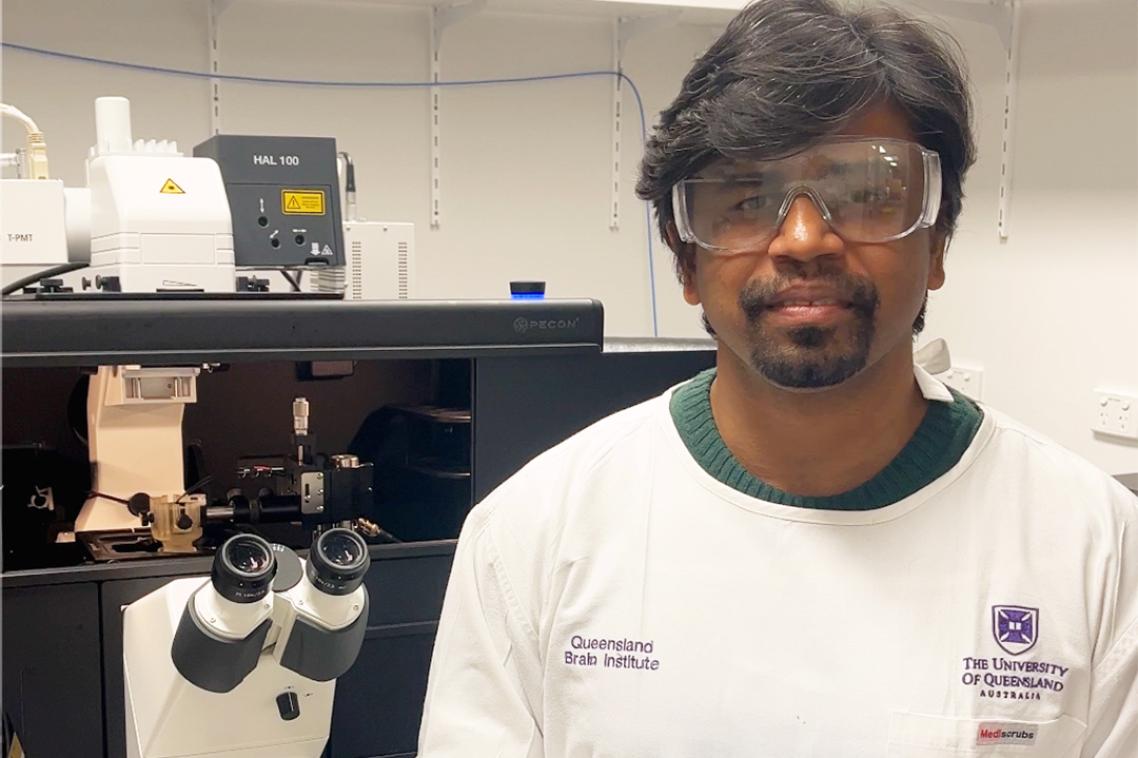Physical combination multiplies melanoma risk

The risk of developing melanoma is significantly multiplied for people who have red hair and more than 20 large moles, University of Queensland researchers have found.
People with these physical traits have a one in four chance of developing the disease in their lifetime.
The study also showed that people without red hair, but who carry the variant gene for red hair, face an increased melanoma risk if they have a high number of moles.
Associate Professor Rick Sturm said the study investigated the possible correlation between established risk factors for melanoma.
“Independently, having red hair and lots of large moles over 5 millimetres in diameter are both known risk factors for developing melanoma,” Dr Sturm said.
“People with red hair have a risk two to four times higher, while those with many large moles are five times more likely to develop melanoma than the general population.
“But put the two risk factors together and the risk of developing melanoma isn’t simply added, it’s multiplied.”
Queenslanders have the highest risk factor in the world for developing melanoma, with one in 16 men and one in 24 women affected.
Dr Sturm said people with high numbers of moles should have regular physician-based skin checks, given they may be unaware they also carry the gene for red hair.
“It’s estimated that 25 per cent of the general population carry the gene for red hair,” he said.
“So there’s a need to boost awareness of the increased risk of developing melanoma for those who also have lots of moles.
“By keeping a closer eye on any skin changes in these high risk individuals, we can improve the chances of early detection of melanoma.”
The study investigated 1200 patients in the Brisbane Nevis Morphology Study, 50 per cent of whom have had melanoma.
The findings are published in British Journal of Dermatology (doi: 10.1111/bjd.17833).
Media: Rick Sturm, R.Sturm@uq.edu.au, +61 7 3443 7380; Faculty of Medicine Media, med.media@uq.edu.au, +61 7 3365 5118, 61 436 368 746.
Topics
Related articles

New ultrasound imaging to map drug delivery into the brain

Staying physically active cuts risk of early death by 40 per cent
Media contact
UQ Communications
communications@uq.edu.au
+61 429 056 139
